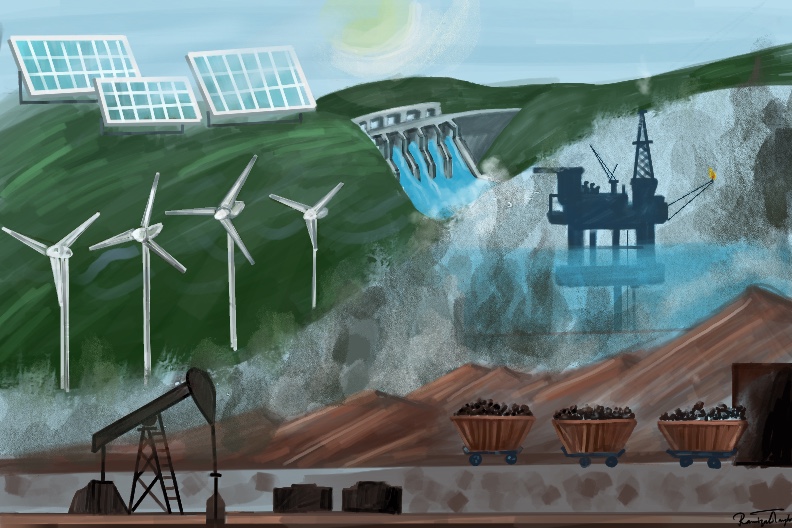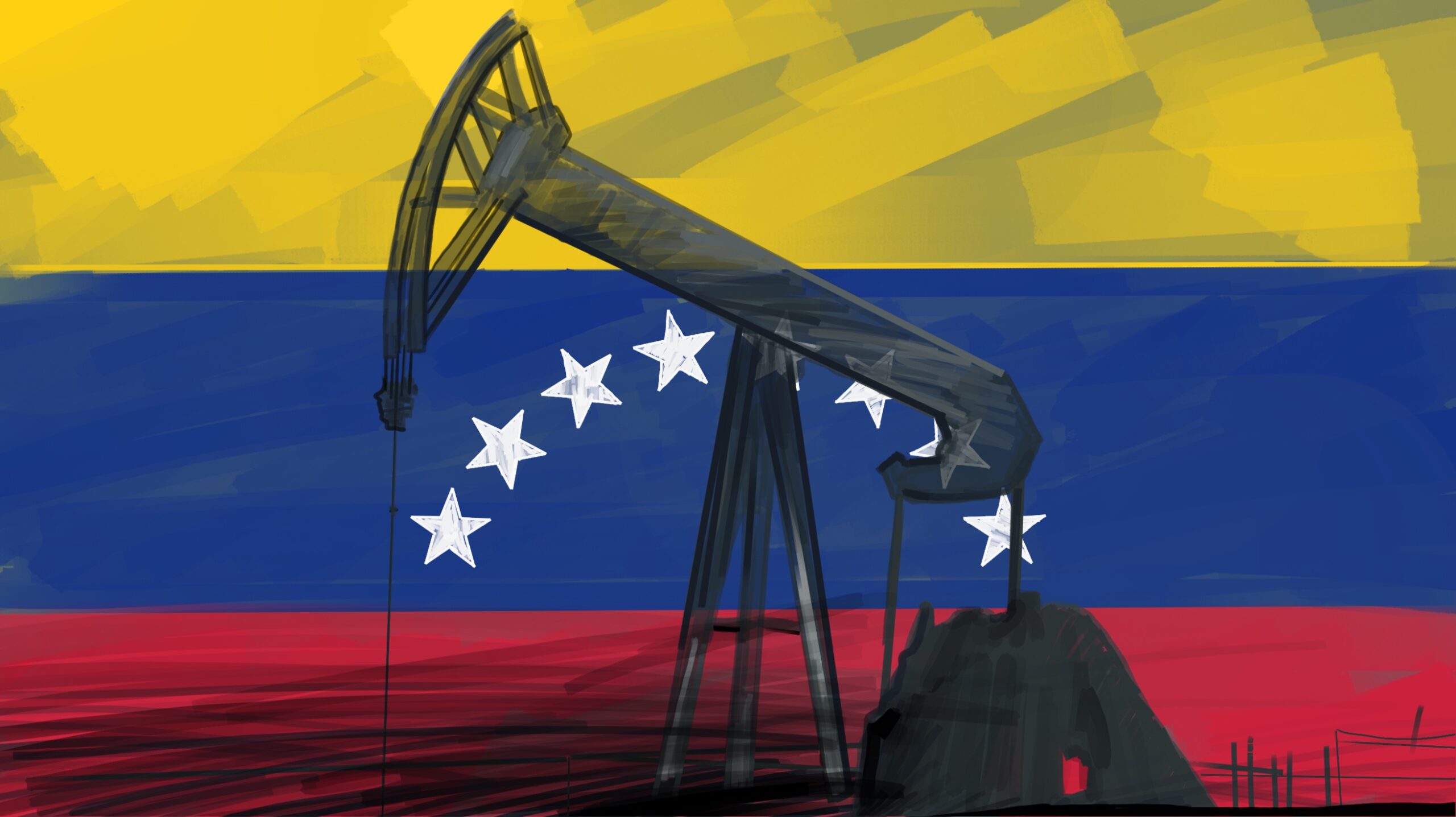The consequences of climate change have been seared into our brains incessantly in recent years — with disruption to food production being among the most worrisome. The world population is projected to reach 9.8 billion¹ by 2050, requiring global food production to double to keep pace.² Yet even with today’s population of 8 billion, humanity is already falling short of feeding its people. An estimated 2.33 billion³ people have experienced moderate to severe food insecurity — a figure that has remained persistently high since the coronavirus pandemic.
Access to food depends on several factors: income, geographical location, and man-made barriers such as conflict and blockades. However, on the supply side, the act of producing food — actually growing it — is now expected to drive price hikes in popular commodities, primarily due to climate change. In 2024, wheat, palm oil, pork, and sugar — some of the most widely consumed goods — saw price increases of 17%, 23%, 21%, and 9%, respectively, compared to the previous year. The European Central Bank and the Potsdam Institute for Climate Impact Research project that climate-related food inflation could rise by 3.2% annually.⁴
Climate change attacks food production from multiple angles. Water scarcity threatens half of the world’s food supply within the next 25 years.⁵ Water stress also affects soil — depleting nutrients and fertility levels, and reducing overall yield. The United Nations estimates that one-third of the world’s soil is already degraded.⁶
If you were to create a model to answer the question, “Why do some people not have access to food?” you’d quickly encounter too many variables to count. Man-made conflicts are a major driver of starvation in regions like Sudan and Gaza. Climate change — which most dominantly affects the Global South — splinters into variables like drought, extreme heat, and soil erosion. To further complicate the equation, you’d also have to account for the global food waste crisis — driven largely by first-world countries — leading to a clear conclusion: to avoid catastrophic malnourishment in the years ahead, innovation and policy must be approached variable by variable.
In this piece, let’s begin with a key disruptor of food production — a variable that impacts not only large crop fields but also backyard gardens. Responsible for 20–40% of global crop failures and costing the global economy around $220 billion⁷ annually, this factor is expected to thrive under the changing climate conditions.
Pests
Pests include weeds, fungi, pathogens, and larger animals. For the sake of extreme specificity — which is essential when addressing the global food crisis — this piece will focus on one particular group of pests: insects.
Insects are cold-blooded creatures, meaning they’re highly sensitive to temperature changes. Warmer temperatures — a key effect of climate change — lengthen their breeding season, leading to more generations per year. A generation is one full life cycle, from egg to adult. Faster generations mean more eggs, more adults, then even more eggs, and even more adults — a snowball effect that poses an existential threat to crops. Higher temperatures can also expand an insect’s geographic range, letting them spread across more territory.⁸
California is currently battling a trio of stubborn insects keen on targeting the state’s walnut, almond, and peach orchards: the Codling Moth, Peach Twig Borer, and Oriental Fruit Moth. Rising temperatures have given these pests the upper hand — allowing them to emerge 28 days earlier than in previous years and shortening the time between generations by up to 19 days. Egg to adult to egg in just 19 days.⁹
Perhaps the most destructive pest, and a famous biblical foe of humanity, the locust is also thriving under climate change. Locusts are voracious, relentless eaters — a swarm of 80 million, considered small in size, can consume enough food to feed 35,000 people per day. Since 1985, locust habitats have expanded across countries like Kenya, Morocco, Niger, Yemen, and Pakistan, and are projected to increase by another 5% by the end of this century.¹⁰
Innovation Challenges and Solutions
Chemical pesticides — the most widely used pest control method — are becoming increasingly less effective. Up to 90%¹¹ of applied pesticides are lost due to degradation. More importantly, faster pest reproduction cycles increase the likelihood of mutations. These mutations help insects develop resistance to pesticides — which is exactly what we’re seeing.
Most statistical models that predict pest growth are based primarily on temperature, assuming pest evolution remains constant. In reality, pests evolve rapidly — adapting to both climate change and pesticides. They develop resistance quickly, and failing to account for this means models underestimate the true scale of crop damage.¹²
The first step in preparing for any fight is understanding the enemy. In this case, insect pests are incredibly resilient. Simply dumping chemicals on them won’t halt their advance. Current tactics aren’t just ineffective; they’re counterproductive. Overusing pesticides causes serious environmental damage — as Rachel Carson brilliantly exposed in Silent Spring — harming non-target organisms (many of which are allies in sustainable agriculture) and posing severe health risks to humans.
What Are the Alternatives?
Spraying via aerial or drone application remains the most popular method of pesticide dispersion, ensuring high surface coverage in a short amount of time. However, with only about 10% of chemicals actually reaching the target, researchers are beginning to focus on smaller-scale solutions.
Controlled Release Formulations (CRFs) are more surgically designed pesticide technologies where the active chemical is encapsulated in a shell made of polymers, lipids, or clay. These can still be deployed by drones or planes, but instead of being released all at once, they respond to environmental cues like moisture or temperature and gradually release pesticides — much like a time-release capsule.
Types of CRFs include:
- Microcapsules – small beads with pesticide inside
- Nanoparticles – ultra-small carriers that penetrate plant or pest tissues
- Hydrogels – spongy substances that release chemicals in wet conditions
- Layered systems – staggered release of multiple compounds
A Google Patents search for “Nanopesticides” revealed around 655 patents filed over the last 10 years, highlighting growing interest in this technology.¹³
The Globalization Factor
Managing fast-reproducing local pests is already a challenge — but globalization has intensified the problem. Invasive insect species now cost the global economy an estimated $70 billion annually.¹⁴
One intriguing solution is being developed to target the Spotted Wing Drosophila — a Southeast Asian pest that has spread to the U.S. and Europe, causing millions in fruit damage. Using CRISPR, researchers are sterilizing male flies. With a 4:1 or 5:1 ratio of sterile to wild males, the hope is that mating results in no offspring. Trials began in Oregon greenhouses in 2023, and biotech company Agragene hopes to sell sterile fly pupae to farmers.
However, caution is needed. Sterile insect programs must be managed by governments or coalitions to prevent misuse, and the ecological impacts of eradicating one species must be evaluated. But in this case, researchers are optimistic that controlling Drosophila won’t harm biodiversity.¹⁵
Conclusion
Food production and nutrition are poised to suffer under the realities of climate change. The problem is becoming increasingly multivariable and multidimensional — and the solutions must match that complexity.
Agriculture is not only key to humanity’s survival but also essential for reducing global poverty. Growth and innovation in agriculture are two to three times more effective at reducing poverty than growth in other sectors.¹⁶ The path ahead requires greater specificity, precision, and nuance — as well as urgency.
References
- United Nations, Department of Economic and Social Affairs, Population Division. (2017). World population prospects: The 2017 revision. https://www.un.org/en/desa/world-population-projected-reach-98-billion-2050-and-112-billion-2100
- Bahar, N. H. A., Lo, M., Sanjaya, M., Van Vianen, J., Alexander, P., Ickowitz, A., & Sunderland, T. (2020). Meeting the food security challenge for nine billion people in 2050: What impact on forests? Global Environmental Change, 62, 102056. https://www.sciencedirect.com/science/article/pii/S095937801930929X?ref=pdf_download&fr=RR-2&rr=954603d82cbafbf2
- United Nations. (n.d.). Food. https://www.un.org/en/global-issues/food
- Savage, S. (2024, July 3). Climate change is pushing up food prices — and worrying central banks. Financial Times. https://www.ft.com/content/125e89c0-308a-492f-ae8e-6834847d1186
- Harvey, F. (2024, October 16). Global water crisis leaves half of world food production at risk in next 25 years. The Guardian. https://www.theguardian.com/environment/2024/oct/16/global-water-crisis-food-production-at-risk
- Ellerbeck, S. (2023, February 6). Soil health is crucial for food production — here’s how to better protect it. World Economic Forum. https://www.weforum.org/stories/2023/02/soil-degradation-biodiversity-planet/
- Gula, L. T. (2023, February 6). Researchers helping protect crops from pests. U.S. Department of Agriculture, National Institute of Food and Agriculture. https://www.nifa.usda.gov/about-nifa/blogs/researchers-helping-protect-crops-pests
- Tonnang, H. E. Z., Sokame, B. M., Abdel-Rahman, E. M., & Dubois, T. (2022). Measuring and modelling crop yield losses due to invasive insect pests under climate change. Current Opinion in Insect Science, 50, 100873. https://doi.org/10.1016/j.cois.2022.100873
- Kan-Rice, P. (2023, December 11). Climate change to drive surge in insects that attack almonds, peaches, walnuts. U.S. Department of Agriculture, National Institute of Food and Agriculture. https://www.nifa.usda.gov/about-nifa/impacts/climate-change-drive-surge-insects-attack-almonds-peaches-walnuts
- Mureithi, C. (2024, February 14). Erratic weather fueled by climate change will worsen locust outbreaks, study finds. The Associated Press. https://apnews.com/article/desert-locust-outbreak-study-8fb3cec5bc6f5798d435d3bddc8ddccc
- Singh, A., Shraogi, N., Verma, R., Saji, J., Kar, A. K., Tehlan, S., Ghosh, D., & Patnaik, S. (2024). Challenges in current pest management practices: Navigating problems and a way forward by integrating controlled release system approach. Chemical Engineering Journal, 498, 154989. https://doi.org/10.1016/j.cej.2024.154989
- SciLifeLab. (2025, January 29). Agricultural loss from pests is underestimated – models are missing evolutionary processes. Science for Life Laboratory.https://www.scilifelab.se/news/agricultural-loss-from-pests-is-underestimated-models-are-missing-evolutionary-processes
- Singh, A., Shraogi, N., Verma, R., Saji, J., Kar, A. K., Tehlan, S., Ghosh, D., & Patnaik, S. (2024). Challenges in current pest management practices: Navigating problems and a way forward by integrating controlled release system approach. Chemical Engineering Journal, 498, 154989. https://doi.org/10.1016/j.cej.2024.154989
- Gula, L. T. (2023, February 6). Researchers helping protect crops from pests. U.S. Department of Agriculture, National Institute of Food and Agriculture. https://www.nifa.usda.gov/about-nifa/blogs/researchers-helping-protect-crops-pests#:~:text=Between%2020%25%20to%2040%25%20of,Organization%20of%20the%20United%20Nations
- Mullin, E. (2023, June 28). Scientists are gene-editing flies to fight crop damage. WIRED. https://www.wired.com/story/gene-editing-flies-to-fight-crop-damage/
- The World Bank. (2024, October 9). Agriculture and food overview. https://www.worldbank.org/en/topic/agriculture/overview#4



